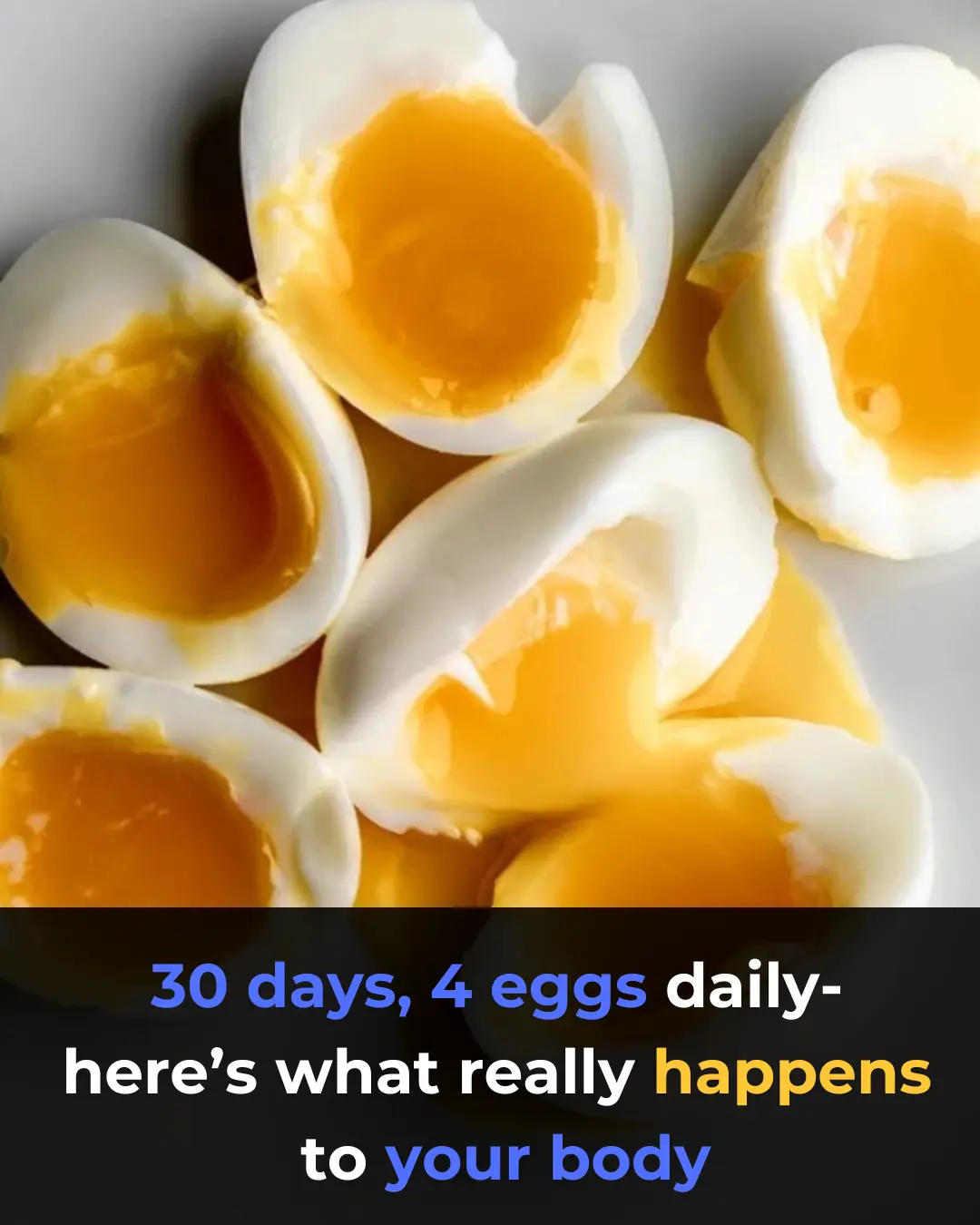
12 warning signs of poor circulation in your legs.
Top 12 Symptoms of Poor Blood Circulation in Legs
Do you often experience discomfort in your legs such as aching, cramps, swelling, or cold feet? These symptoms could be signs of poor blood circulation. Poor circulation occurs when your blood flow is compromised, impacting various parts of your body, and is often linked to serious health conditions. In this article, we will explore the symptoms, causes, and solutions for poor blood circulation in the legs, as well as how you can improve circulation and alleviate these symptoms caused by inadequate blood flow.
What is Poor Circulation?
Poor circulation refers to the reduced flow of blood to certain areas of the body, particularly the extremities like the hands and feet. This condition does not exist as a standalone disease; instead, it is a symptom or a result of underlying health conditions such as high blood pressure, abnormal cholesterol levels, and diabetes. Other contributing factors include sedentary lifestyle and poor diet, which we will discuss later in the article.
Over time, if poor circulation is not addressed, it can contribute to the development of more severe health conditions. On the flip side, healthy circulation helps to improve overall health and can prevent complications like heart disease, stroke, and even amputation (Harvard Health Publishing, 2023).
Symptoms of Poor Blood Circulation in the Legs
The symptoms of poor circulation are varied and can affect both your legs and other parts of your body. These symptoms include:
-
Cold Feet and Hands: Constant coldness in the extremities, despite the rest of your body feeling warm.
-
Numbness and Tingling: A feeling of pins and needles in your hands and feet, or overall numbness.
-
Sores and Ulcers: Open sores or wounds on the legs that take a long time to heal.
-
Discolored Skin: Skin that turns pale, blue, or purple, especially on the nose, lips, ears, hands, and feet.
-
Shiny, Hairless Legs: Loss of hair and shiny, smooth skin on the legs and feet, often due to decreased blood supply.
-
Muscle Cramps and Joint Pain: Discomfort or cramping in the legs or arms, often felt at night.
-
Pain in the Calves: Experiencing pain in the calf muscles while walking, commonly known as "intermittent claudication."
-
Varicose Veins: Swollen veins that appear bulging and twisted, often associated with heaviness or aching in the legs.
-
Swollen Legs: Fluid retention in the feet, ankles, and legs, causing swelling.
-
Dizziness and Loss of Balance: Experiencing a lack of coordination or frequent dizziness.
-
Fatigue and Low Energy: Reduced muscle strength, feeling unusually tired, or fatigued even after light physical activity.
-
Digestive Problems: Issues such as abdominal cramping, diarrhea, or blood in stools (Mayo Clinic, 2022).
Why is Improving Circulation Important?
A well-functioning circulatory system delivers oxygen and vital nutrients to every cell in your body via the arteries, and removes waste products like carbon dioxide through your veins. Poor circulation disrupts this process, depriving parts of your body, especially your extremities, of oxygen and essential nutrients.
When circulation is compromised, it often affects the legs first since they are the furthest point from your heart. If left untreated, inadequate circulation can impact other vital organs, including the heart, lungs, and brain. It can also lead to serious complications, such as heart attacks, strokes, or, in severe cases, leg amputation (American Heart Association, 2023).
Major Causes of Poor Blood Circulation
Several factors can lead to poor blood circulation, with many of them being linked to heart disease. Here are five major causes:
-
Inflammatory Diet: A diet rich in refined sugars, unhealthy fats, and low in essential nutrients can worsen circulation. Such diets damage blood vessels and increase inflammation, which contributes to plaque buildup in the arteries (Harvard Health Publishing, 2023).
-
Sedentary Lifestyle: Prolonged sitting or standing without movement can cause blood flow to slow, especially in the legs. This stagnation prevents the legs from getting the necessary nutrients and oxygen.
-
Chronic Stress: Stress causes elevated blood sugar and weight gain, both of which contribute to poor circulation over time.
-
Chronic Diseases: Conditions like diabetes, high blood pressure, and Peripheral Artery Disease (PAD) narrow the arteries and reduce blood flow to the legs. These diseases increase the risk of heart disease and stroke.
-
Smoking: Smoking is a significant risk factor for developing poor circulation and peripheral artery disease. It damages the blood vessels, reducing blood flow to the extremities (Centers for Disease Control and Prevention, 2022).
Ways to Improve Circulation and Alleviate Symptoms
To alleviate symptoms of poor circulation in the legs and improve overall blood flow, consider these six practices:
-
Walk Regularly: Walking helps enhance arterial and venous blood flow. It stimulates the calf muscles, which push blood back to the heart, improving circulation. Aim for 30 minutes of walking at least three times a week (American Heart Association, 2023).
-
Adopt an Anti-inflammatory Diet: Foods rich in antioxidants, healthy fats, and anti-inflammatory properties can enhance circulation. Include cayenne pepper, garlic, fatty fish, spinach, and walnuts to help relax blood vessels and reduce inflammation.
-
Stay Hydrated: Adequate hydration is essential for smooth blood flow. Dehydration leads to thicker blood, which can cause poor circulation. Drink plenty of water throughout the day to maintain healthy blood consistency.
-
Wear Compression Socks: Compression socks provide gentle pressure on the legs, supporting the veins and helping blood flow back to the heart. These are especially helpful for individuals with varicose veins or those who stand for long periods.
-
Elevate Your Legs: Elevating your legs above heart level helps to prevent blood from pooling in the lower extremities. Try lying down and propping your legs up with a pillow for at least 15 minutes each day.
-
Drink Hibiscus Tea: Hibiscus tea has been shown to lower blood pressure and improve circulation due to its high content of anthocyanins. Drinking one to two cups of hibiscus tea daily can support healthy blood flow (National Institutes of Health, 2022).
Finally, quitting smoking and limiting alcohol consumption are crucial steps toward improving circulation and preventing further complications.
Conclusion
Poor blood circulation in the legs is a common issue that can significantly impact your quality of life. By recognizing the symptoms and causes early on, you can take proactive steps to improve circulation and prevent serious health problems. If you experience any of the symptoms mentioned, consider consulting a healthcare professional to ensure that your circulation issues do not lead to further complications.
For more detailed information on how to improve circulation, watch related videos on effective treatments for better blood flow.
News in the same category

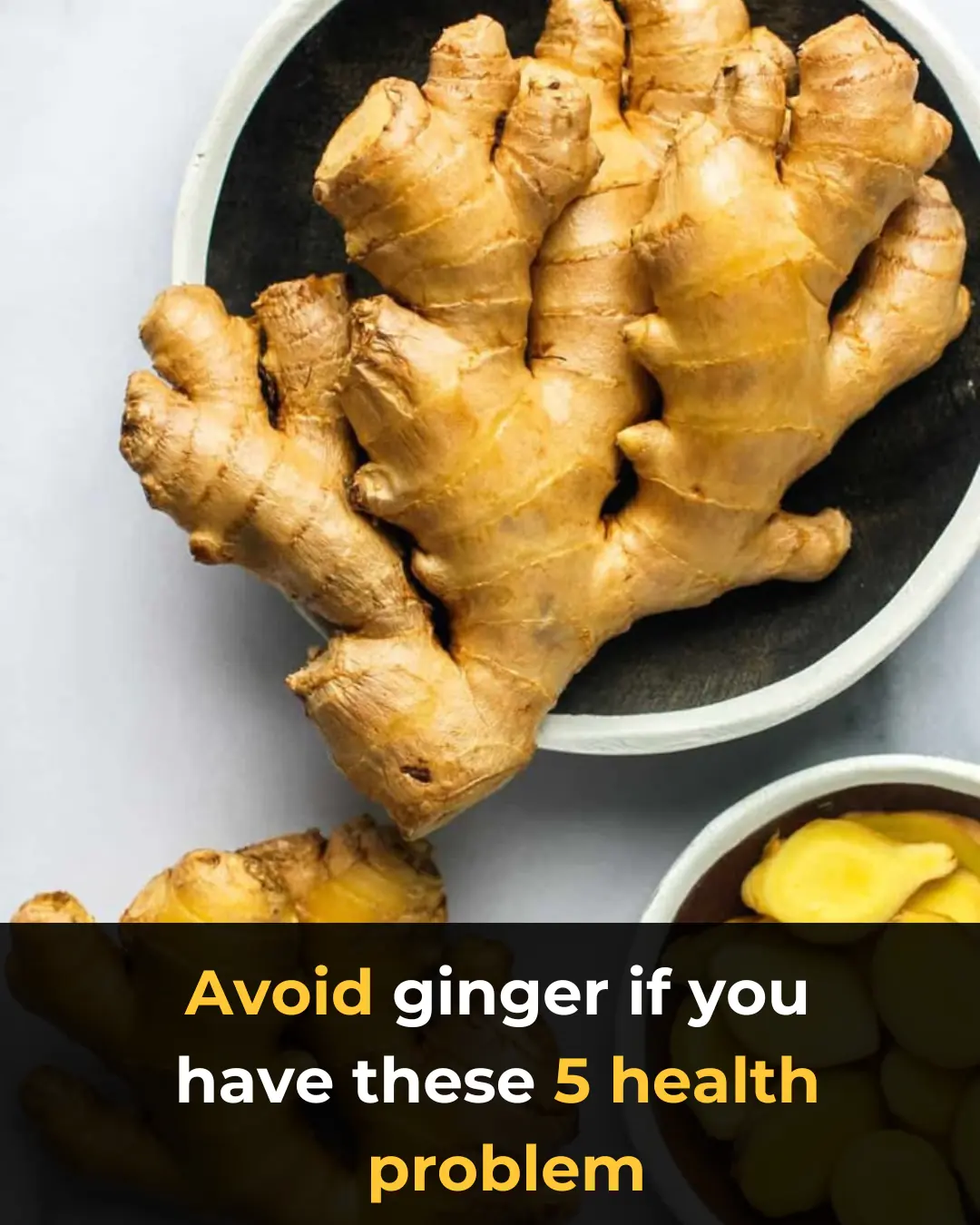
Avoid Ginger If You Have THESE Health Problems

The step-by-step plan to drop 30 pounds quickly in 2025
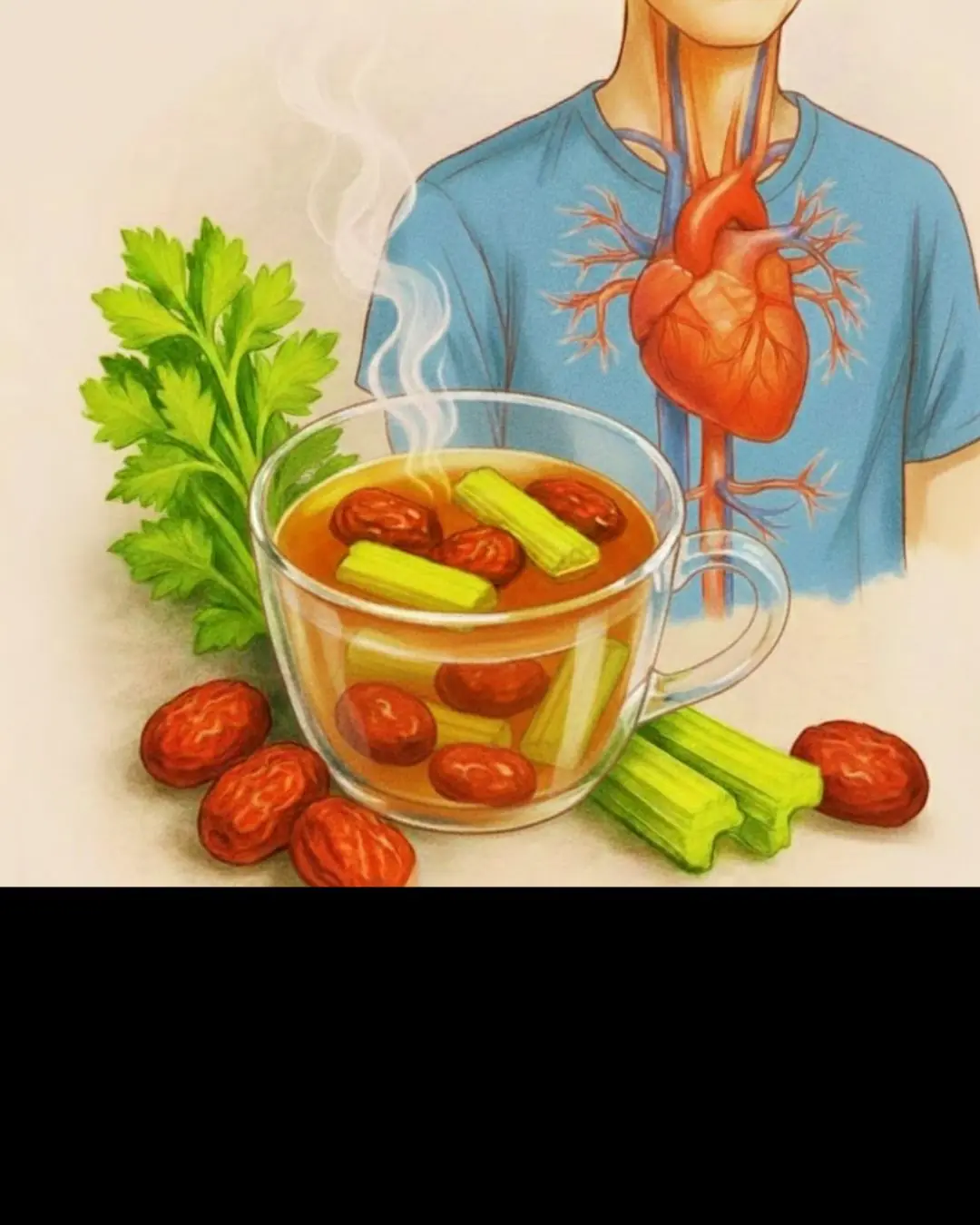
Got High Blood Pressure? Try This 2-Ingredient Tea!

The Best Natural Remedies to Treat and Prevent Varicose Veins Effectively
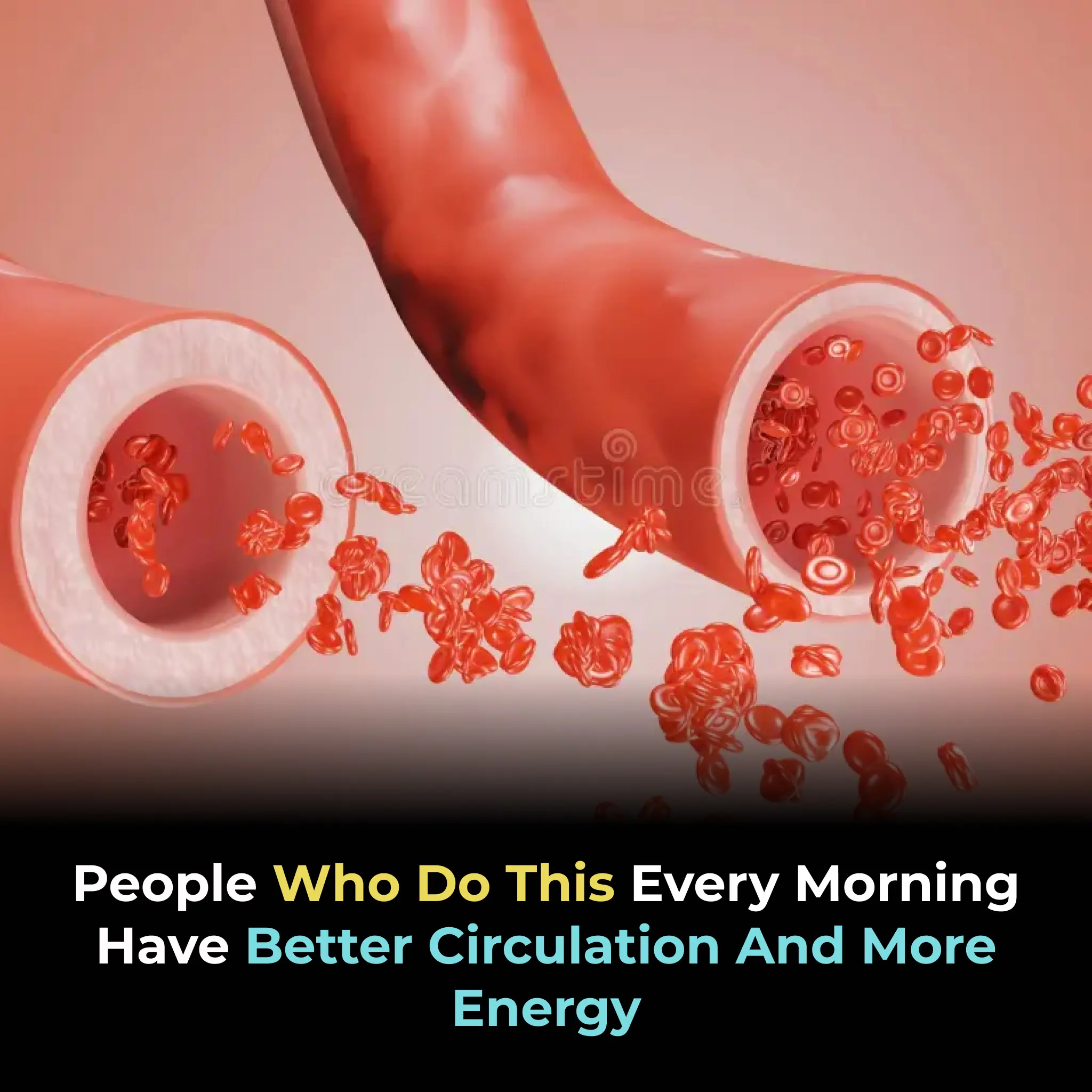
People Who Do This Every Morning Have Better Circulation and More Energy

Treating Nail Fungus Naturally
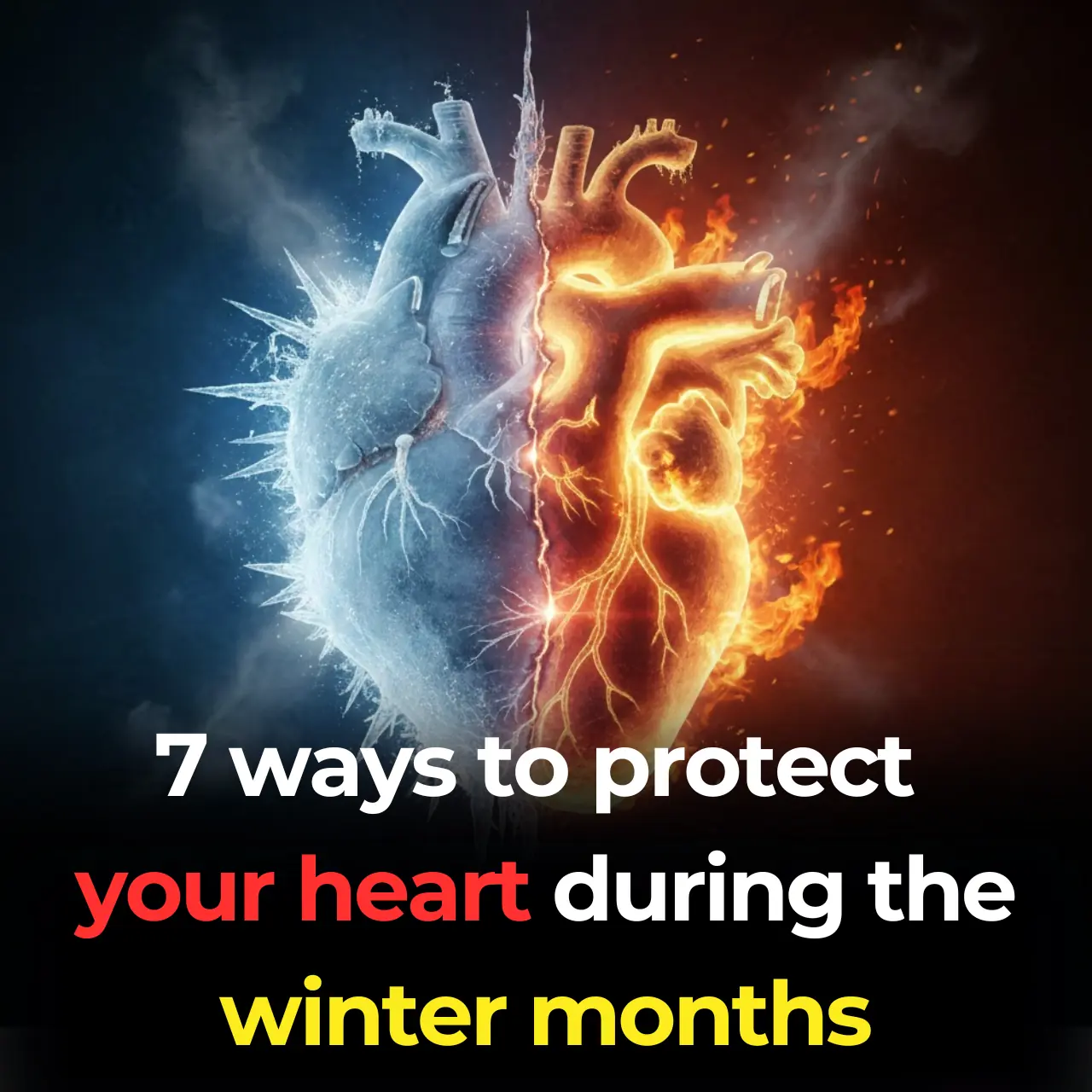
7 ways to protect your heart during the winter months
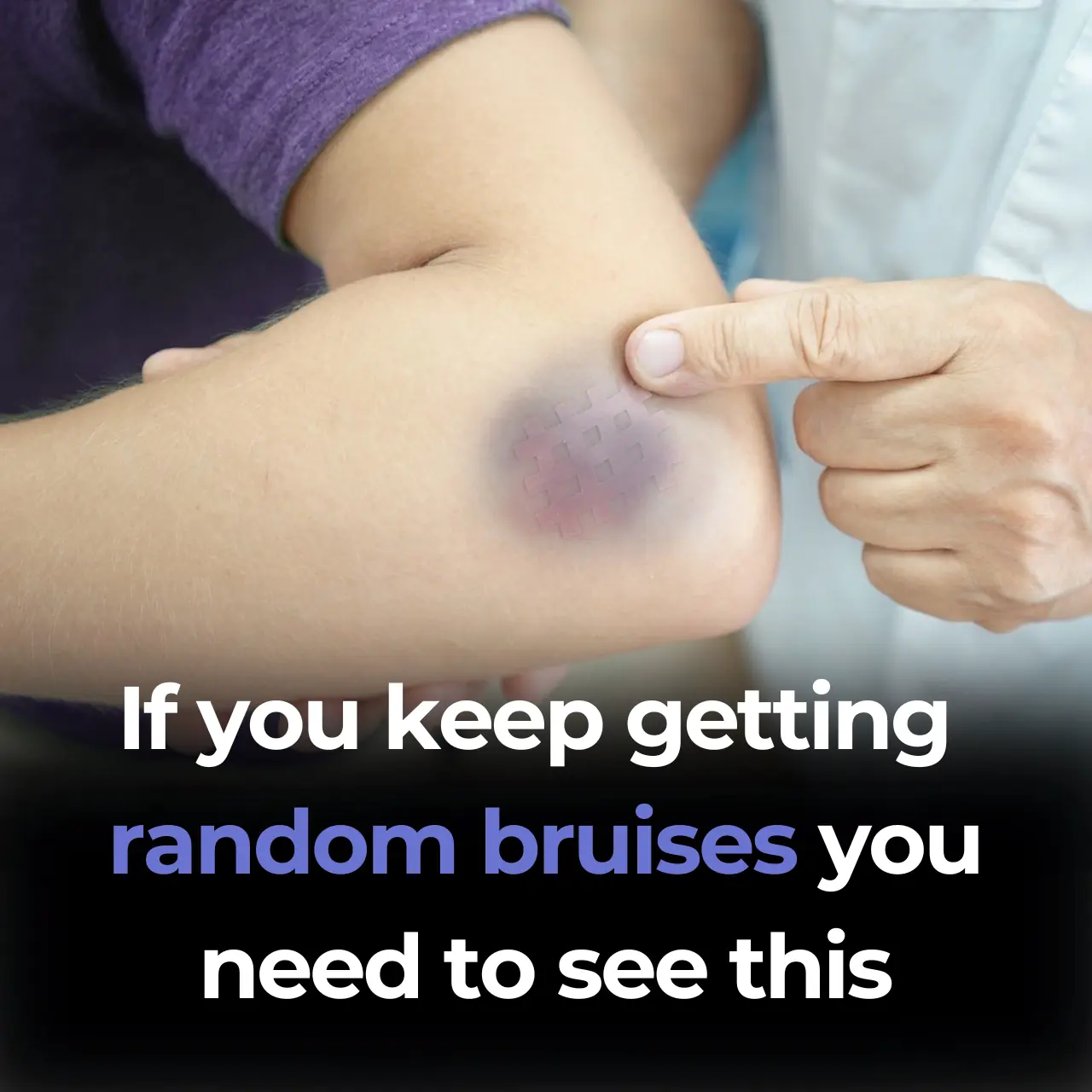
Unexplained Bruising on Your Body: Causes and Treatments

Coconut water: Is It Good for You, Nutrition, Benefits, Side Effects (Science Based)
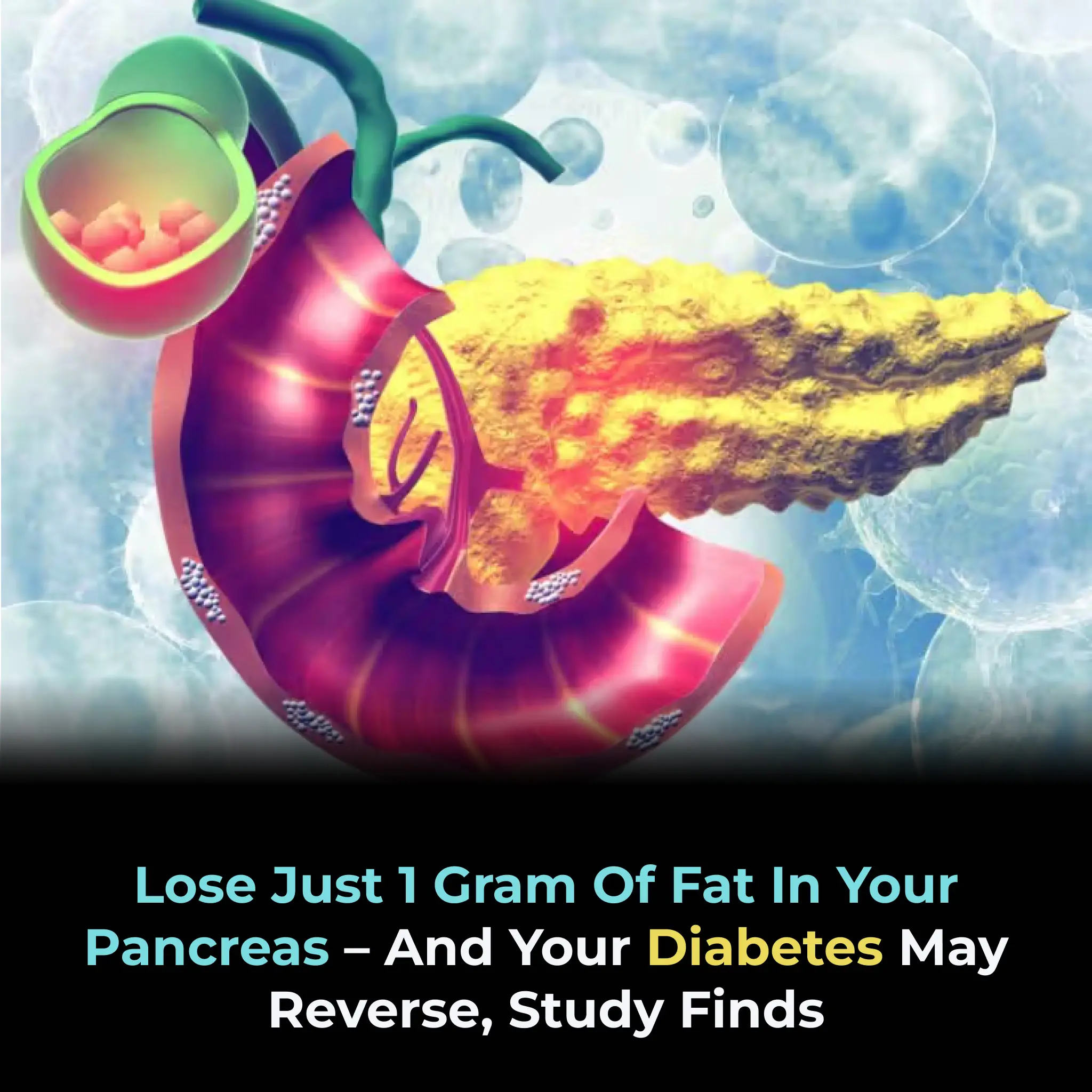
Lose just 1 gram of fat in your pancreas – and your diabetes may reverse, study finds

Doctors warn about 7 overlooked prostate cancer signs you should never ignore
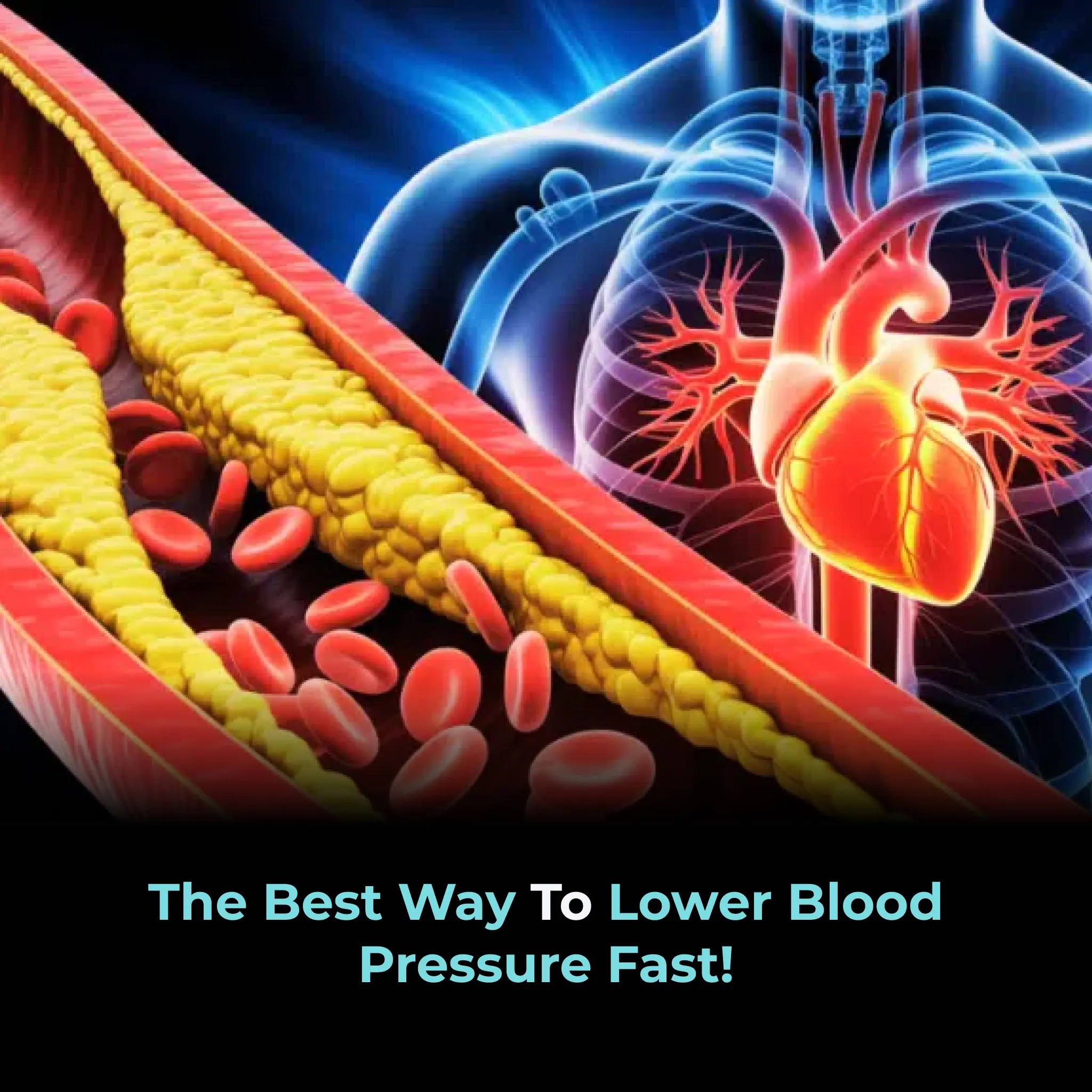
The best way to lower blood pressure fast!

Top 5 Veggies to Detox Your Arteries and Prevent Heart Attacks!

Untreated sleep apnea may nearly double your risk of Parkinson’s, major study finds
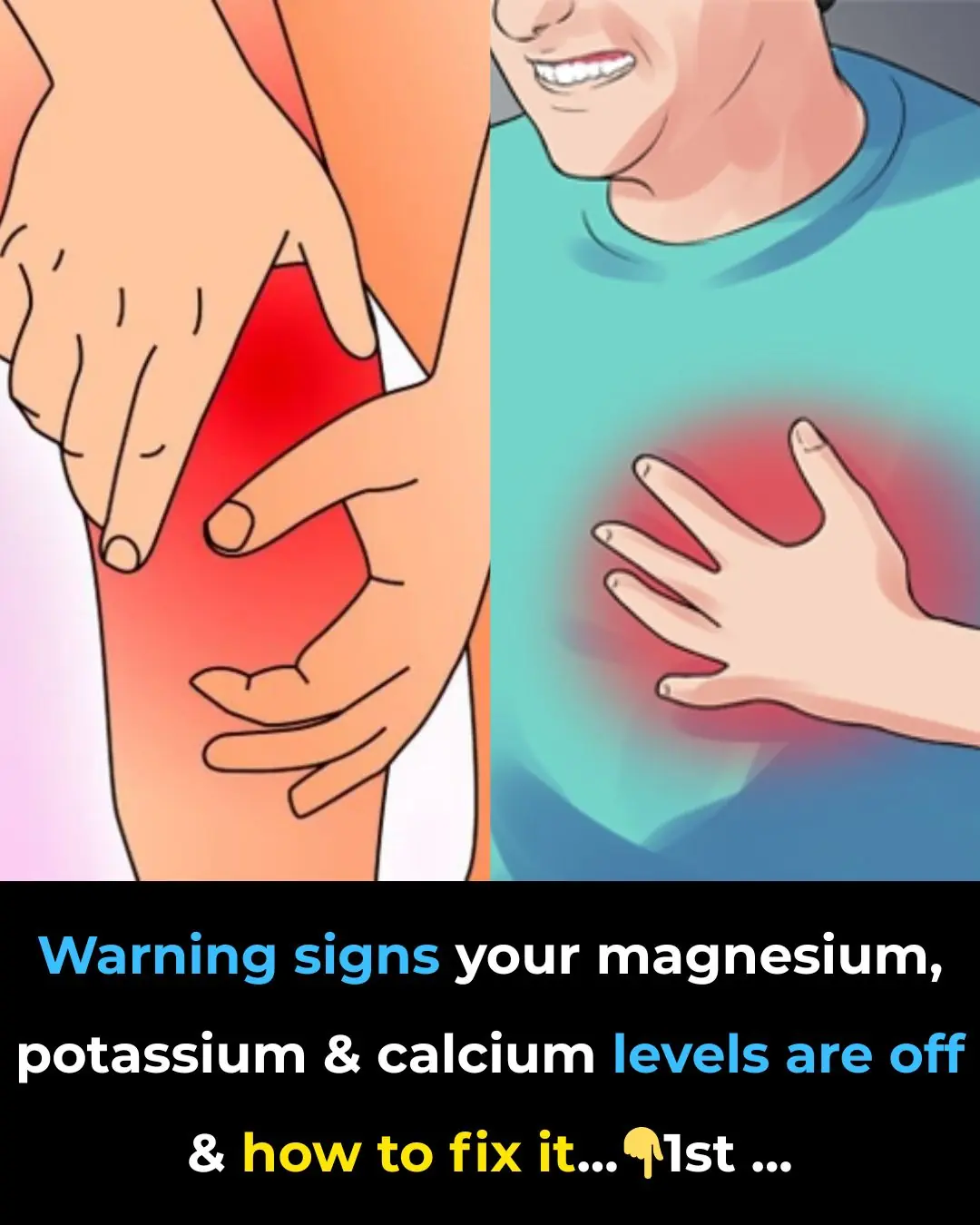
Warning Signs Your Magnesium, Potassium and Calcium Levels Are OFF and How To FIX It!
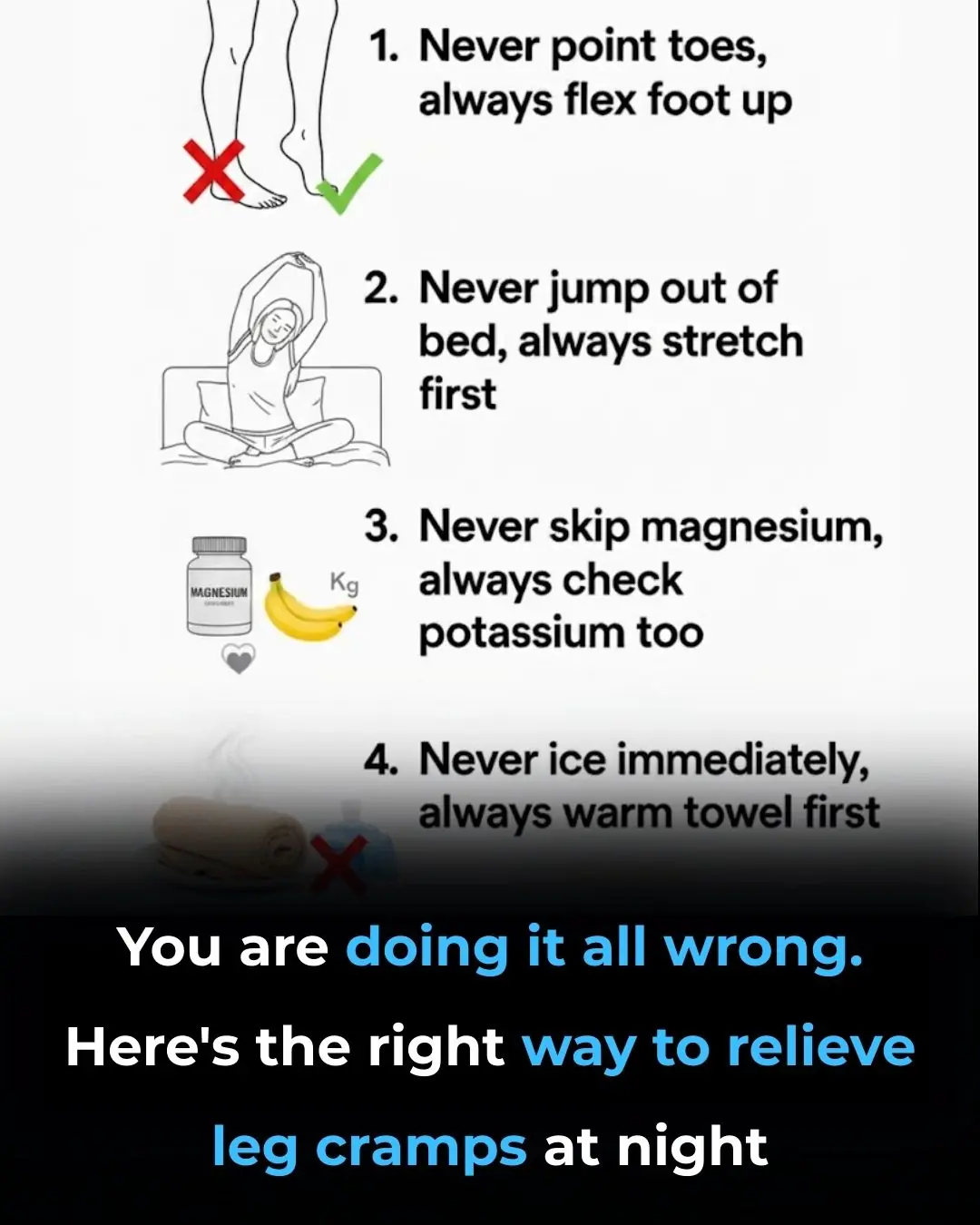
You are doing it all wrong. Here’s the right way to relieve leg cramps at night
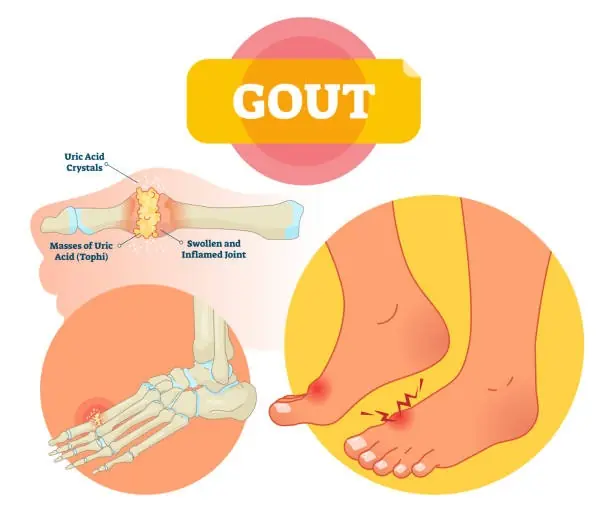
Few Know This Trick To Stop Uric Acid Crystals From Destroying Joints
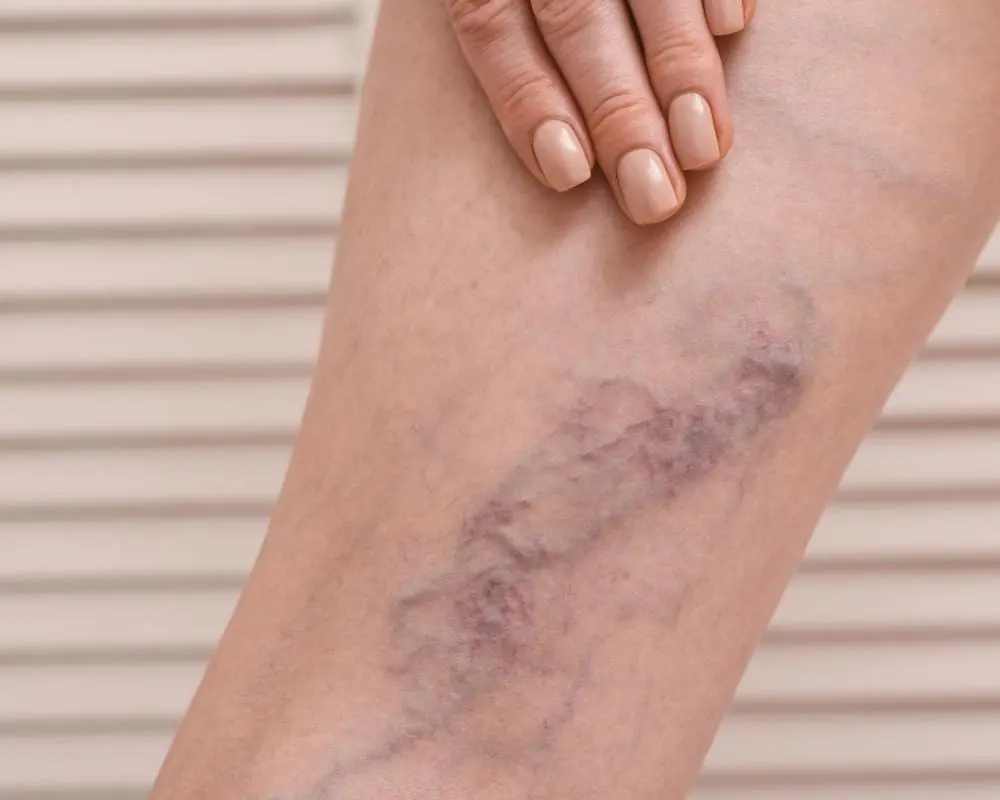
WHAT IS THROMBOSIS? SYMPTOMS AND HOW TO PREVENT IT
News Post

What Happens If You Eat 4 Whole Eggs Every Day for 30 Days?

Thicker Thighs Linked to Lower Risk of Heart Disease and Diabetes, Study Finds

Breakthrough Drug Offers Hope for Restoring Vision by Repairing Nerve Insulation

Avoid Ginger If You Have THESE Health Problems

Nobel Prize-Winning Discovery of Autophagy: The Body’s Self-Repair Mechanism
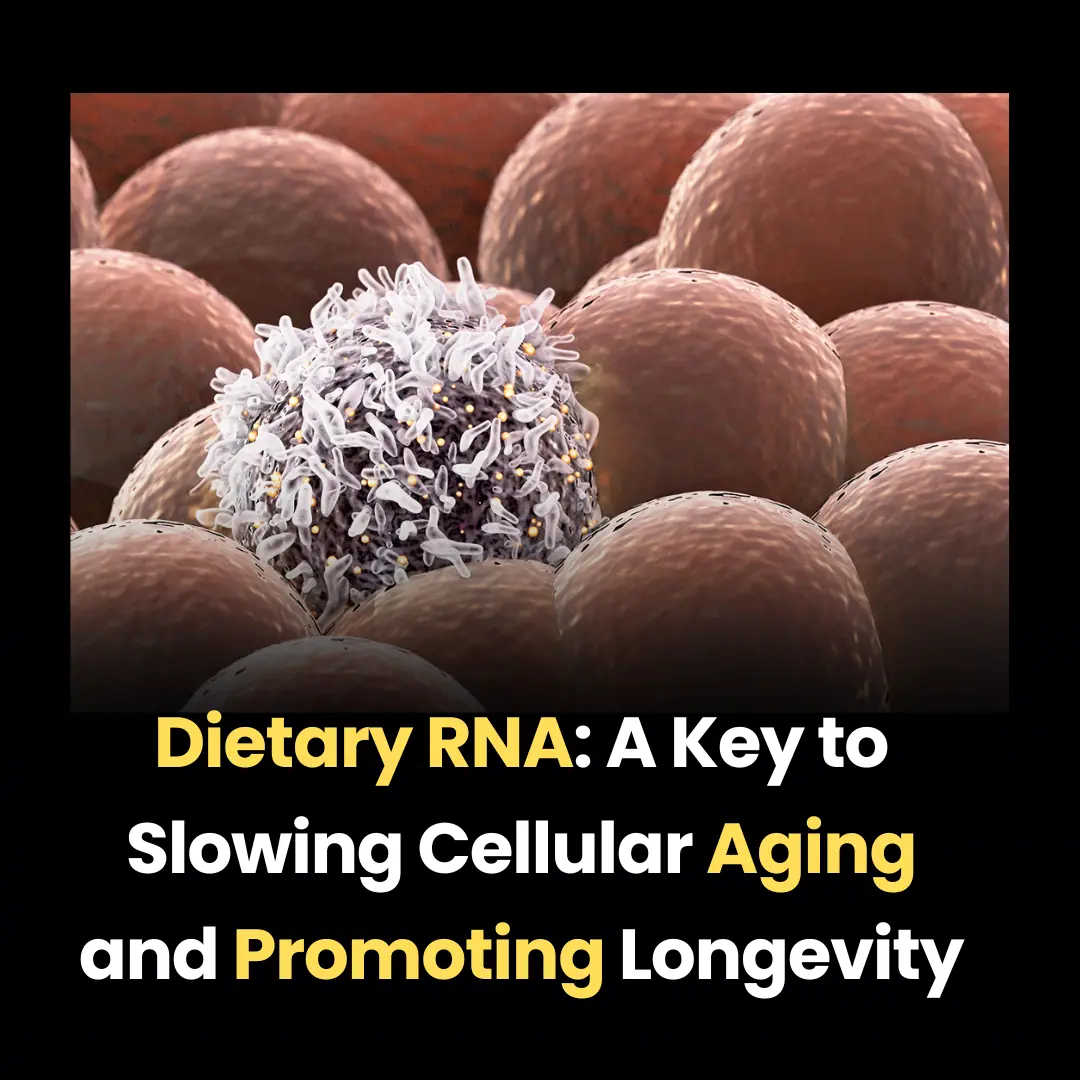
Dietary RNA: A Key to Slowing Cellular Aging and Promoting Longevity
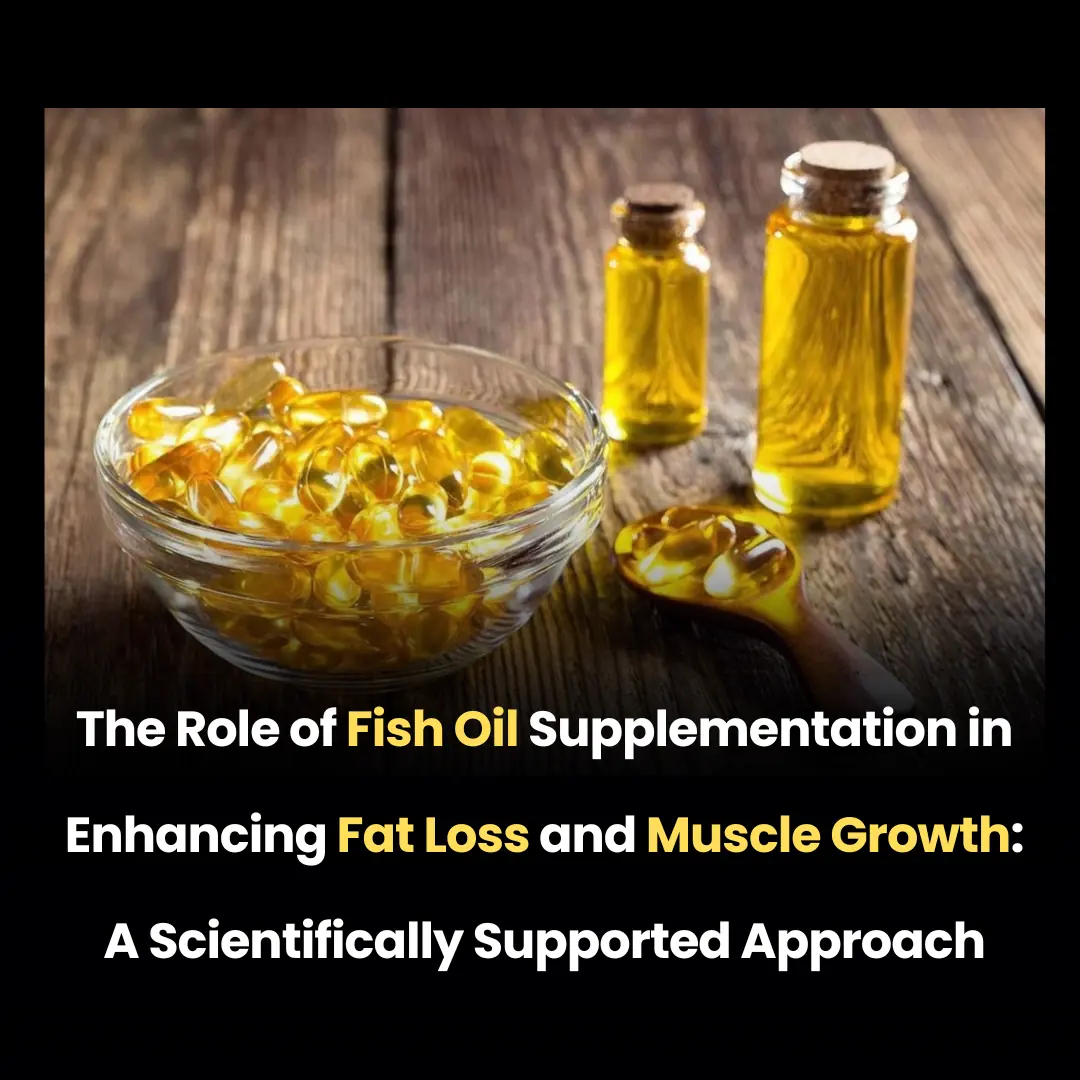
The Role of Fish Oil Supplementation in Enhancing Fat Loss and Muscle Growth: A Scientifically Supported Approach

Dandelion Root Extract Shows Potential to Eliminate Up to 95% of Cancer Cells in 48 Hours

Meet the Solar-Powered Sea Slug: The First Animal Known to Photosynthesize!

13-Year-Old Boy's Heartwarming Act of Sacrifice: Buying His Mother a Car Through Hard Work and Compassion

Living With a Rare Condition, a 25-Year-Old Faces One of Life’s Hardest Decisions

Simple Ways to Reduce Nighttime Wake-Ups and Improve Sleep Quality.

Aretha Duarte Makes History As First Black Latin American Woman To Climb Mount Everest

Doctors reveal the #1 supplement to reduce dementia risk

The Coffee Photo That Survived the War.

Issa Rae Opens New ‘Downtown Dough’ Pizzeria in L.A.

From Hardwood Hero to Human Inspiration: The Legacy of Rodney Rogers.

The step-by-step plan to drop 30 pounds quickly in 2025

The Weight Bryce Couldn’t Carry Alone.
